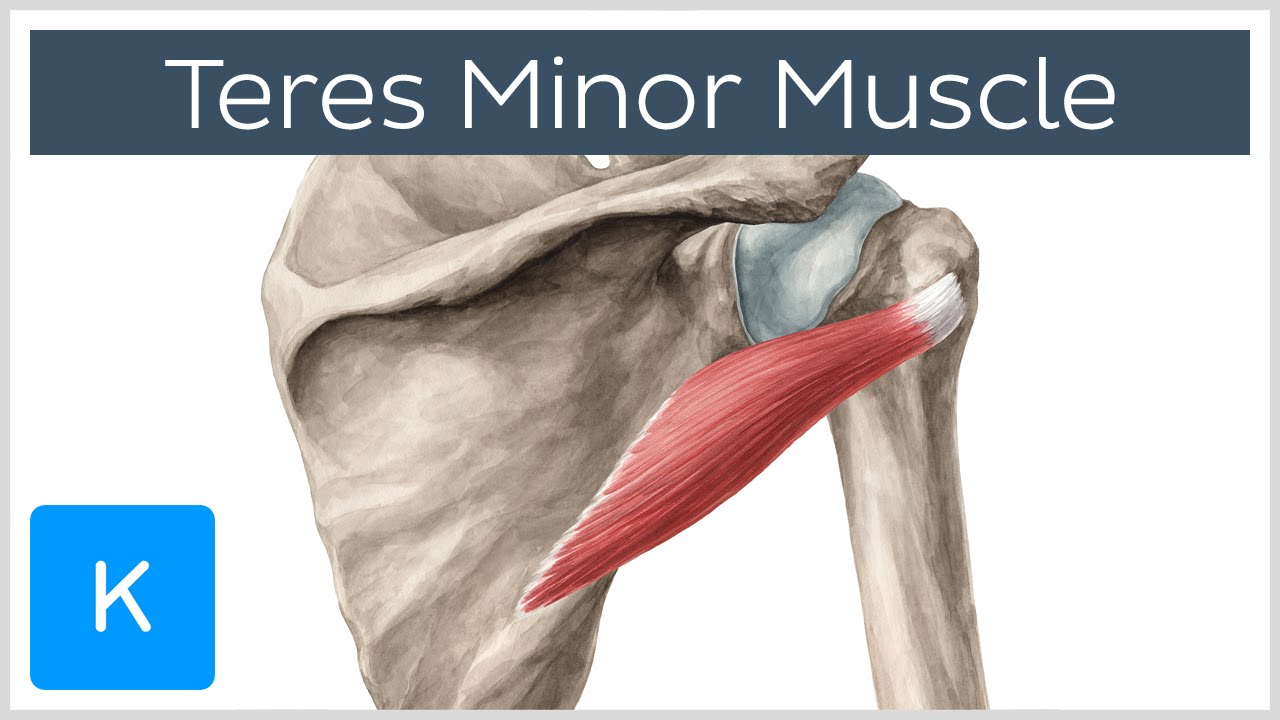Anybody doing these? Curious as to which catheters you are using. We have 4.0 Fr / 10cm micropuncture introducer sets, and 18g / 6inch Argon art line kits - not sure which is better to use.
Is the transpectoral approach better than the armpit approach? Also, do you worry about kinking when the arms are tucked (ex/ cardiac cases)? Thanks for any insight!
Is the transpectoral approach better than the armpit approach? Also, do you worry about kinking when the arms are tucked (ex/ cardiac cases)? Thanks for any insight!






